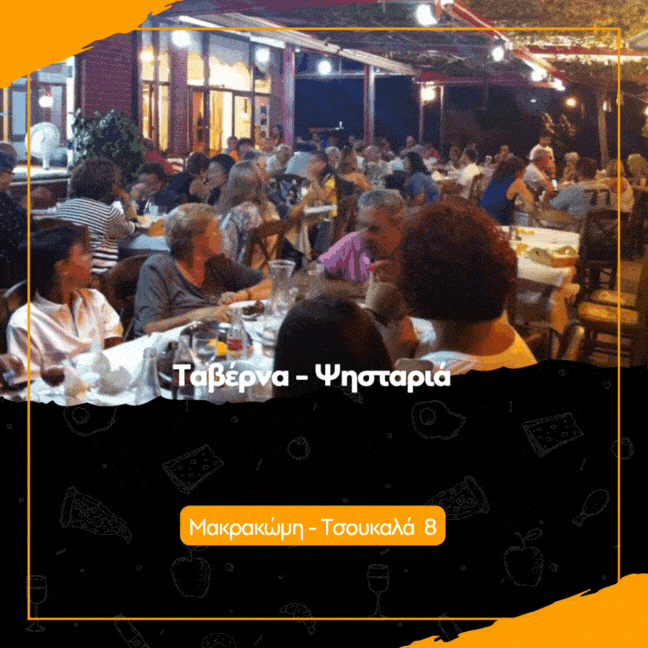Machine learning marvels to groundbreaking algorithms, this narrative explores the relentless pursuit of innovation and the unfolding chapters that define the next generation of computational intelligence.
Revel in the tales of breakthroughs redefine how we interact with technology and the transformative impact these advancements have on industries and society as a whole. As we turn the pages of this saga.
Some people call this artificial intelligence, but the reality is this technology will enhance us. So instead of artificial intelligence, I think we’ll augment our intelligence.
Ginni Rometty
Most users search for something interesting and clickable; as soon as some promising candidates are found, users click. If the new page doesn’t meet users’ expectations, the back button is clicked and the search process is continued.
The Unfolding Odyssey of Advanced Robotics Integration
Not all websites are made equal. Some websites are simple, logical, and easy to use. Others are a messy hodgepodge of pages and links.

Without website navigation, your visitors can’t figure out how to find your blog, your email signup page, your product listings, pricing, contact information, or help docs.
Quick and easy access to the content they’re after is more important for your website users than a… visually-stunning design.
Website navigation allows visitors to flow from one page to another without frustration. If you’ve done your job well, visitors leave your site with the intention to return and might even buy something from you or sign up for your email list.
AI Ethics in the Digital Age: Charting a Moral Compass
Navigate the complex landscape of AI ethics in the digital age. This chapter addresses the moral considerations and challenges that arise as computational intelligence advances, emphasizing the importance of responsible and ethical AI development.
Bad navigation is an especially common problem. We’ve all to find things on disorganized websites without any logical structure. It feels hopeless.
Using “complex large pictures”. Because a carousel generally carries a lot of picture messages, complex large pictures result in low performance and “slow loading rate” of the sites, especially those whose first homepages are occupied by high-resolution carousels.
The Dawn of Quantum Era: Navigating Beyond Classical Boundaries
In design, rhythm is created by simply repeating elements in predictable patterns. This repetition is a natural thing that occurs everywhere in our world. As people, we are driven everyday by predictable, timed events.

One of the best ways to use repetition and rhythm in web design is in the site’s navigation menu. A consistent, easy-to-follow pattern—in color, layout, etc. Gives users an intuitive roadmap to everything you want to share on your site.
Rhythm also factors into the layout of content. For example, you “might have” blog articles, press releases, and events each follow their own certain layout pattern.
Progressive Horizons of Augmented Reality Intelligence
Nobody enjoys looking at an ugly web page. Garish colors, cluttered images and distracting animation can all turn customers “off” and send them shopping “somewhere else”. Basic composition rules to create more effective:
- Direct the Eye With Leading Lines
- Balance Out Your Elements
- Use Elements That Complement Each Other
- Be clear about your “focal points” and where you place them
The size and position of elements in a composition will determine its balance. An unbalanced design generates tension, which may be the goal in many design projects, but for web apps that demand repeated comfortable use, tension is not a desirable trait.
Journey Through Advanced Natural Language Processing
UX and UI: Two terms that are often used interchangeably, but actually mean very different things. So what exactly is the difference?
It’s going to be interesting to see how society deals with artificial intelligence, but it will definitely be cool.
Colin Angle
UX design refers to the term “user experience design”, while UI stands for “user interface design”. Both elements are crucial to a product and work closely together. But despite their relationship, the roles themselves are quite different.
Edge Intelligence Unleashed: Redefining Data Processing
Good design guides the user by communicating purpose and priority. For that reason, every part of the design should be based on an “informed decision” rather than an arbitrary result of personal taste or the current trend.

Provide distinct styles for interactive elements, such as links and buttons, to make them easy to identify. For example, “change the appearance of links” on mouse hover, “keyboard focus”, and “touch-screen activation”.
Resilient Computing: Adapting to Technological Challenges
Step into the era of Edge Intelligence, where the narrative of computational power is decentralized. Explore how processing power at the edge redefines data analytics, enabling real-time decision-making in diverse applications.

Design is not the end-all solution to all of the worlds problems — but with the right thinking and application, it can definitely be a good beginning to start tackling them.
Pinnacle of Bio-Inspired Computing: Mimicking Nature’s Genius
In the saga of next-gen computational intelligence, resilience becomes a key theme. This section explores how resilient computing adapts to technological challenges, ensuring robust performance in the face of uncertainties and disruptions.
Explore the pinnacle of bio-inspired computing, where machines mimic the genius of nature. This chapter unveils the innovations inspired by biological systems, paving the way for advancements in problem-solving and optimization.











Wonderful collection of WooThemes classics! A must buy for all Woo fans.